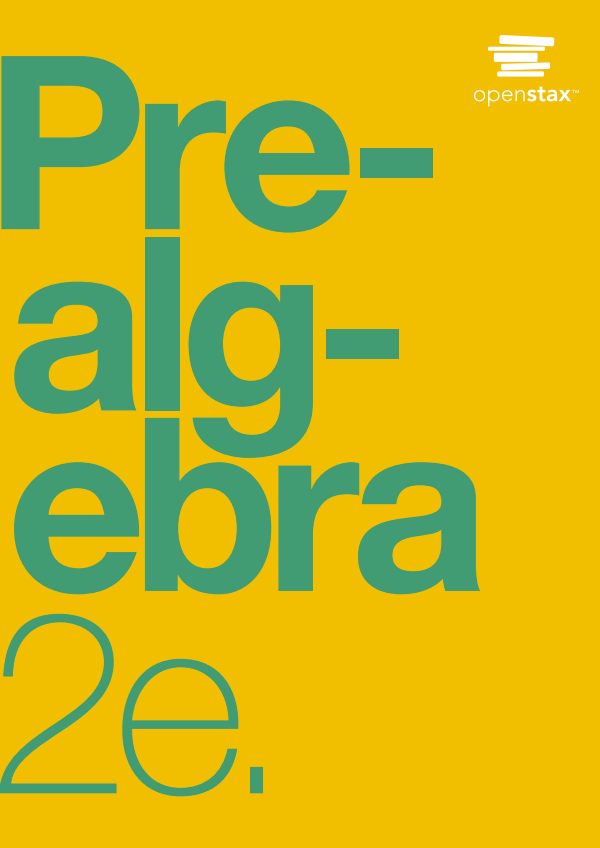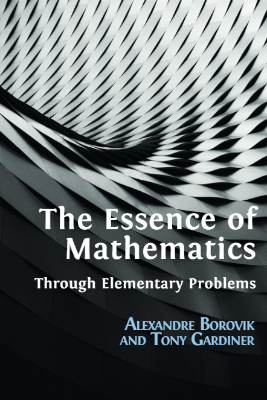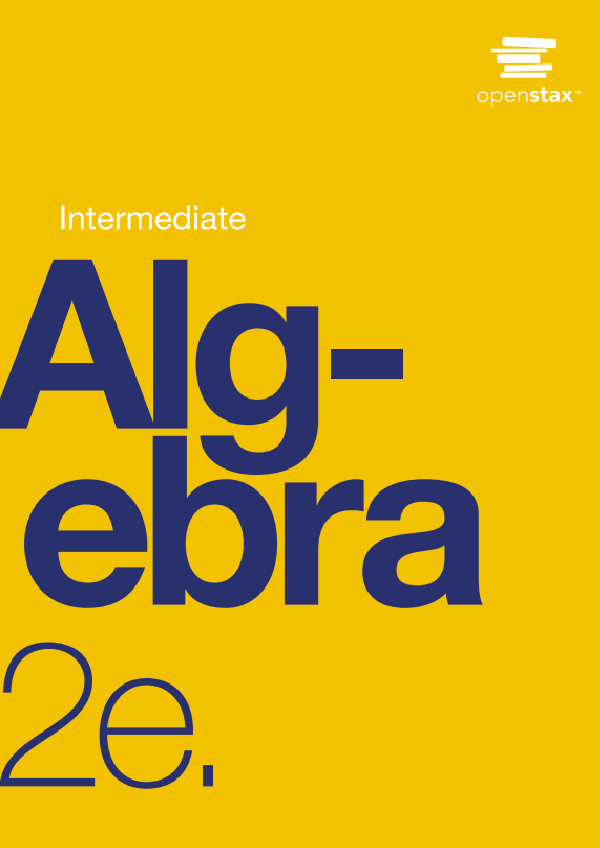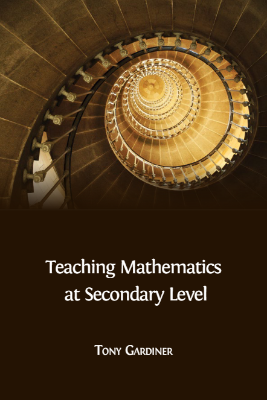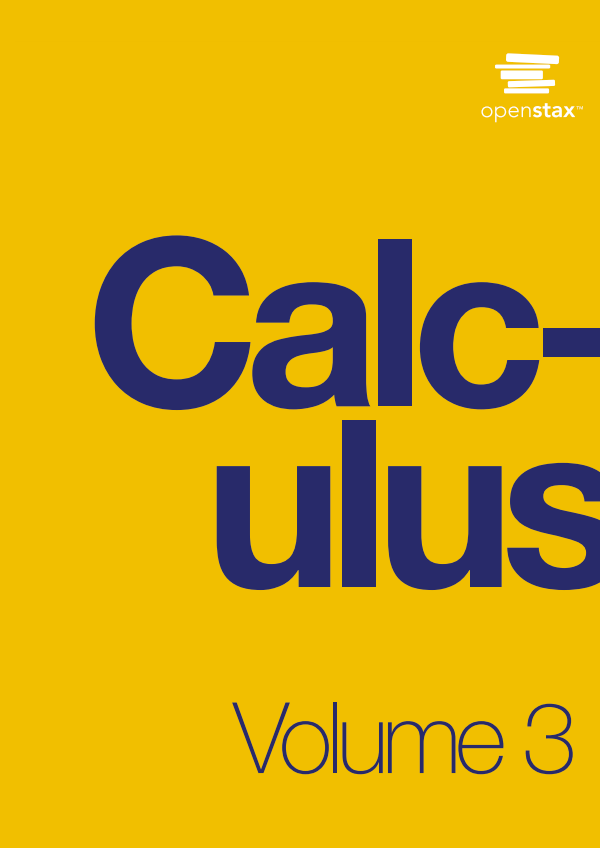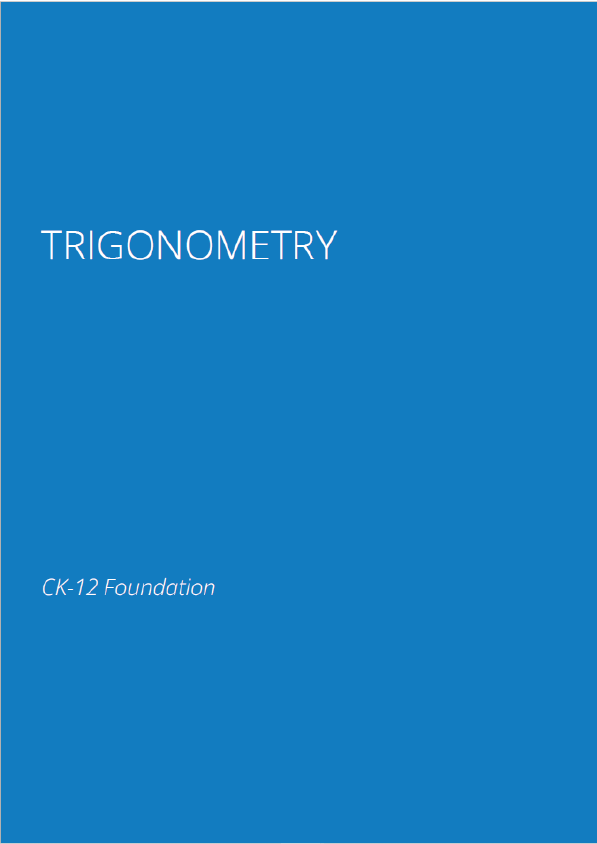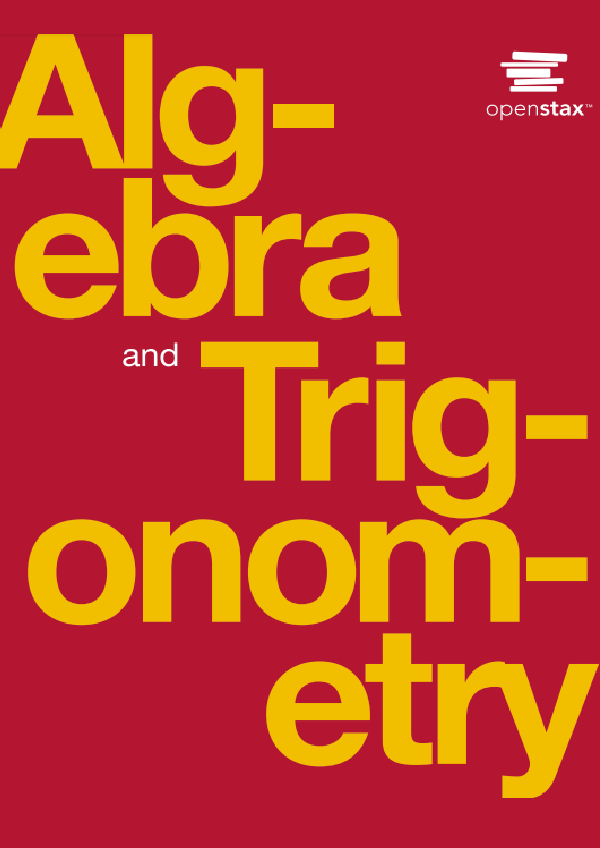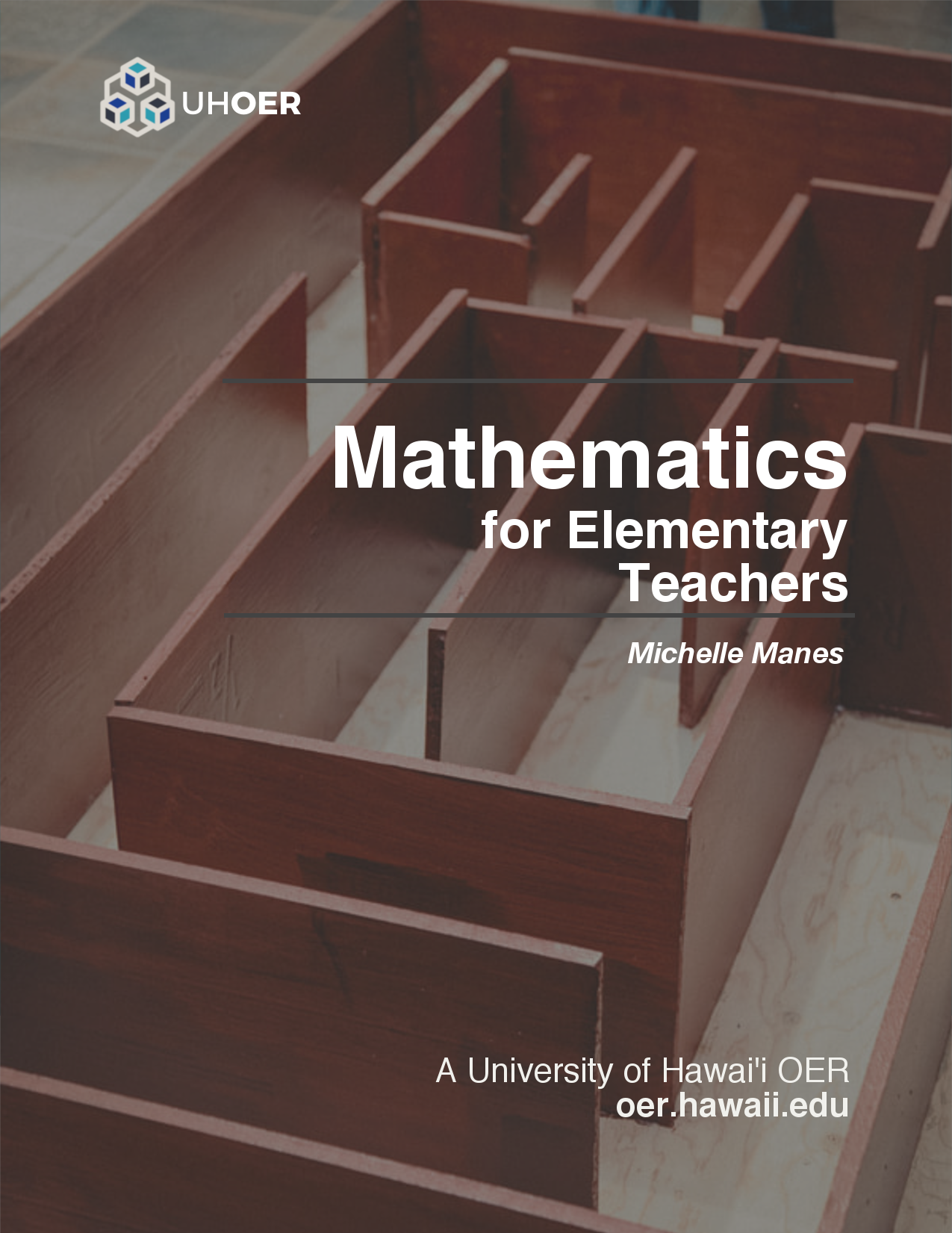Prealgebra 2e is designed to meet scope and sequence requirements for a one-semester prealgebra or basic math course. The book’s organization makes it easy to adapt to a variety of course syllabi. The text introduces the fundamental concepts of algebra while addressing the needs of students with diverse backgrounds and learning styles. Each topic builds upon previously developed material to demonstrate the cohesiveness and structure of mathematics.
The second edition contains detailed updates and accuracy revisions to address comments and suggestions from users. Dozens of faculty experts worked through the text, exercises and problems, graphics, and solutions to identify areas needing improvement. Though the authors made significant changes and enhancements, exercise and problem numbers remain nearly the same in order to ensure a smooth transition for faculty. The first edition of Prealgebra by OpenStax is available in web view here.
Introduction
Even though counting is first taught at a young age, mastering mathematics, which is the study of numbers, requires constant attention. If it has been a while since you have studied math, it can be helpful to review basic topics. In this chapter, we will focus on numbers used for counting as well as four arithmetic operations—addition, subtraction, multiplication, and division. We will also discuss some vocabulary that we will use throughout this book.
Introduction to Whole Numbers
Learning Objectives
By the end of this section, you will be able to:
Identify counting numbers and whole numbers
Model whole numbers
Identify the place value of a digit
Use place value to name whole numbers
Use place value to write whole numbers
Round whole numbers
Identify Counting Numbers and Whole Numbers
Learning algebra is similar to learning a language. You start with a basic vocabulary and then add to it as you go along. You need to practice often until the vocabulary becomes easy to you. The more you use the vocabulary, the more familiar it becomes.
Algebra uses numbers and symbols to represent words and ideas. Let’s look at the numbers first. The most basic numbers used in algebra are those we use to count objects: 1, 2, 3, 4, 5, … and so on. These are called the counting numbers. The notation “…” is called an ellipsis, which is another way to show “and so on”, or that the pattern continues endlessly. Counting numbers are also called natural numbers.
Algebra is one of the broad areas of mathematics. Roughly speaking, algebra is the study of mathematical symbols and the rules for manipulating these symbols in formulas; it is a unifying thread of almost all of mathematics.
Elementary algebra deals with the manipulation of variables as if they were numbers (see the image), and is therefore essential in all applications of mathematics. Abstract algebra is the name given in education to the study of algebraic structures such as groups, rings, and fields. Linear algebra, which deals with linear equations and linear mappings, is used for modern presentations of geometry, and has many practical applications (in weather forecasting, for example). There are many areas of mathematics that belong to algebra, some having “algebra” in their name, such as commutative algebra and some not, such as Galois theory.
The word algebra is not only used for naming an area of mathematics and some subareas; it is also used for naming some sorts of algebraic structures, such as an algebra over a field, commonly called an algebra. Sometimes, the same phrase is used for a subarea and its main algebraic structures; for example, Boolean algebra and a Boolean algebra. A mathematician specialized in algebra is called an algebraist.
